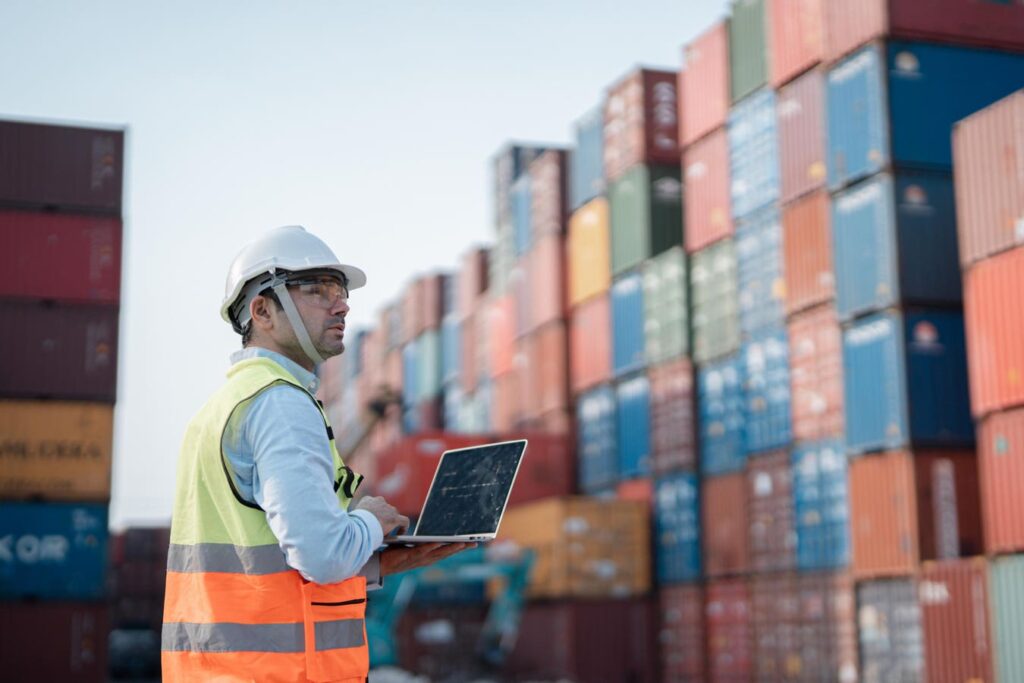Bojan Čekrlić is a senior technology expert and a CEO of CargoX.
The digital transformation of ocean logistics is not new, and the potential benefits of such a transformation are clear: increasing business agility and efficiency, reducing cumbersome administration, improving trust and transparency and supporting key goals, such as decarbonization.
The 2024 Review of Maritime Transport by the United Nations Trade and Development (UNCTAD) further highlighted the importance of digitalization. Ports that have adopted technologies like blockchain, AI and automation “report reduced waiting times, better cargo tracking and more efficient transshipment,” UNCTAD said. Moreover, in 2023, the European Union Customs Authority said EU member countries could save up to 2 billion euros a year in operating costs due to its transition to a new data hub that replaced the existing customs IT infrastructure.
And, in theory, the industry understands the value of digital transformation, too. A survey by the Digital Container Shipping Association (DCSA) found that 86% of cargo owners who responded agree that “early adoption of digitalisation provides a competitive advantage.”
Yet, despite the benefits of digitalization, the journey to digital transformation is not even. A January 2021 survey by the International Association of Ports and Harbors found that, of the 111 port operators and authorities who responded, only 34% have a system in place that meets the International Maritime Organization’s (IMO) requirement that all member countries exchange key data electronically.
Plus, only 62% of EU companies say they have “full or advanced digitalization,” according to the aforementioned DCSA report. That number drops to 56% in the U.S. and 53% in Asia.
Barriers To Digitalization
Based on the conversations I have had with various parties involved in ocean logistics, two common themes inform the reluctance to transform:
1. Caution: This is a sector dominated by a few huge companies that wield significant influence over how the industry should operate. As a result, many other parties are very much waiting to see what the “big boys” do. That same DCSA survey found that “almost a third (32%) of cargo owners demonstrate a hesitancy to adopt new technologies before their industry peers or partners.” I’ve found some are concerned about being locked into an approach or a platform that does not have the majority of the largest carriers and forwarders already on it.
2. Understanding: It’s clear that what digital transformation means varies from company to company. How can more than three-quarters of cargo owners agree that early adoption delivers a competitive edge, and yet a third highlight a hesitancy to adopt new technologies as a barrier to transformation?
Look at documentation: Despite an understanding of how digitalization can drive efficiencies, there is still a significant amount of documentation that remains paper-based.
Those who do believe in digital are often stuck on the idea of different platforms. Their experience of software not integrating properly has left them wary. They may be unaware of how certain services have interoperability at their core. As a result, they are unwilling to commit to something they believe will lock them into a specific vendor when other parties are using something else.
At the other end of the spectrum, we have those who see the value of digital documentation but don’t understand why email isn’t sufficient.
Overcoming Conflicting Concerns: Tips For Tech Providers
So, how do those of us providing solutions for logistics companies address these conflicting concerns?
Be clear on the value for specific parties. I don’t mean talking about general benefits; instead, focus on the exact value that digital transformation is going to deliver to the person in question.
The cargo owner worried about vendor lock-in should be shown the interoperability of a solution and how it can still deliver high levels of trust. The shipper that doesn’t see a problem with email might need to have a demonstration of how insecure it is for sharing critical documentation, as well as see how a new approach fits as easily into their workflows as email already does.
Where To Start
What’s needed is quick wins and patience.
First, the latter: Not all logistics companies have the resources or desire to completely transform every aspect of their business. They will need to see results before committing fully, which means having patience with the process.
The way to do that is to start small. There are going to be skeptics and other forms of internal pushback. Not everyone is going to have the same level of focus on digital transformation as others. To win them over, there needs to be results—quickly.
A quick win in this scenario might be encouraging customers to select a specific trade corridor where the commodity is usually the same. For instance, a shipper might choose to test the tool on a route they use with consistent volumes, like if they regularly export steel from China to the Netherlands, for example. The key is to make it simple—not because digital technologies can’t handle variation but because there should be as few potential complications as possible when trying to generate good results quickly.
Show that the change works well. Then they can secure greater buy-in, learn, develop and go again.
Achieving Digital Maturity Together
In a sector as interconnected as ocean logistics, digital transformation has the potential to drive immense benefits. But to achieve that, we need:
• As many parties as possible to reach a certain level of digital maturity
• Solutions that work together, with interoperability at their core to combat lock-in fears
• To target quick wins to deliver results rapidly and overcome entrenched skepticism
If we can help logistics companies address these areas, then more of the industry will enjoy the increased agility and efficiency, improved trust and accelerated growth that digital transformation can drive.
Forbes Business Council is the foremost growth and networking organization for business owners and leaders. Do I qualify?
Read the full article here











